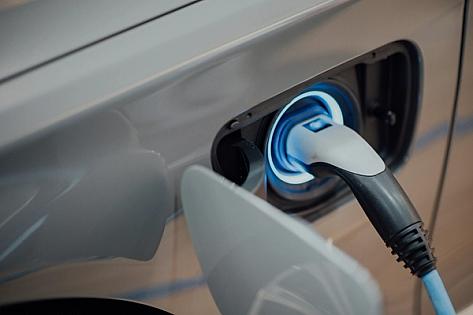
Your Test Drive Check List
Inspect and Test Drive: How to Ensure Your Next Car is the Right OneBuying a car, whether new or used, is a significant investment. Conducting a thorough inspection and test drive is crucial to ensure the vehicle meets your needs and is in good condition. This guide provides a comprehensive breakdown of what to check and consider, along with a handy checklist to make your car-buying process seamless and stress-free.
What to Inspect Before the Test DriveHere is what to look at while testing driving:
Exterior- Body: Look for dents, scratches, and rust spots. Large dents or rust could mean costly repairs.
- Tires: Check for uneven wear, which might suggest alignment issues.
- Lights: Ensure headlights, taillights, brake lights, and turn signals are function
- Fluid Levels: Check oil, transmission fluid, brake fluid, and coolant. Low or dirty fluids indicate poor maintenance.
- Belts and Hoses: Look for cracks, leaks, or signs of wear.
- Battery: Ensure the terminals are clean and corrosion-free. Ask about the battery's age.
- Seats and Upholstery: Look for tears, stains, or excessive wear.
- Dashboard Lights: Turn on the ignition to ensure no warning lights stay on (e.g., check engine or ABS).
- Electronics: Test the radio, climate controls, windows, locks, and other features.
- Smell: Check for unusual odors, like mildew, which might indicate water damage.
- Leaks: Look underneath the car for any fluid leaks.
- Rust: Surface rust is typical for older cars, but significant corrosion can compromise the car's structure.
The test drive lets you see how the car performs and feels. Drive on various roads and pay attention to the following:
Comfort and Fit
- Seat Comfort: Is the seat adjustable to your liking? Can you see clearly out of all windows?
- Interior Space: Is there enough room for passengers, cargo, and your everyday needs?
- Steering: Does the car steer easily? Is it responsive, or does it feel loose?
- Brakes: Test the brakes at different speeds. They should feel firm and stop smoothly without pulling to one side.
- Acceleration: Does the car accelerate smoothly? Any hesitation could indicate engine trouble.
- Transmission: Shifting between gears should be smooth and quiet.
- Engine Noise: Does the engine make knocking, ticking, or whining sounds? This could be a problem.
- Road Noise: Excessive noise inside the cabin could indicate poor insulation or worn tires.
- Vibrations: Any unusual vibrations in the steering wheel or seats might signal mechanical issues.
- Infotainment: Is the system screen and functions working correctly?
- Safety: If equipped, test backup cameras, lane assist, and other safety systems.
- Highway: Ensure the car maintains speed and handles lane changes effortlessly.
- City Driving: Check for smooth braking and acceleration in stop-and-go traffic.
- Parking: Try parallel or maneuvering in tight spaces to assess the visibility and turning radius.
Taking the time to inspect and test drive a car thoroughly can save you from headaches. Use this checklist to feel confident in your decision and enjoy your new ride!
Before the Test Drive:Exterior
- Dents, scratches, or rust
- Matching paint
- Tire condition
- Lights functioning
- Fluid levels and cleanliness
- Belts and hoses in good condition
- Clean battery terminals
- Seats and upholstery
- No warning lights
- Electronics work
- No unusual odors
- No leaks
- Minimal rust
Comfort and Fit
- Adjustable seating and clear visibility
- Sufficient space
- Responsive steering
- Smooth, firm braking
- Seamless acceleration
- Quiet gear shifts
- Quiet engine and road noise
- No unusual vibrations
- Functional infotainment
- Operational safety features
- Highway driving
- City driving
- Parking
Related Articles

Thinking About Buying an EV in 2025? Here’s What You Need to…
Car Buying Tips and Advice
With more electric vehicles (EVs) hitting the market than ever before, 2025 could be the year you make the switch. But with so many new models, incentives, and charging updates, it’s easy to feel…

Best Time to Buy a Car: Spring Sales vs. Year-End Clearance
Car Buying Tips and Advice
Wondering when to buy your next car? Learn how spring sales and year-end clearance events compare—and how AutoFinder.com helps you find the best deal year-round.

How to Negotiate the Price of a Used Car Like a Pro
Car Buying Tips and Advice
Negotiating the price of a used car can feel daunting, but with the right approach, it can also be an empowering experience. Successful negotiation is about preparation, patience, and strategy.…